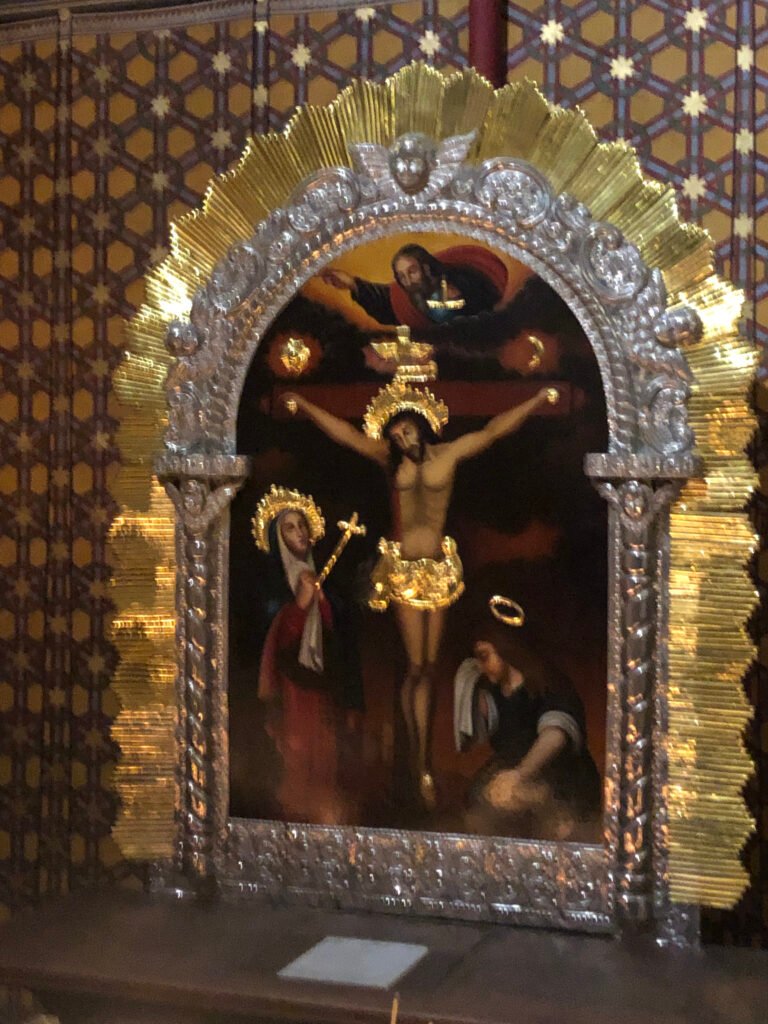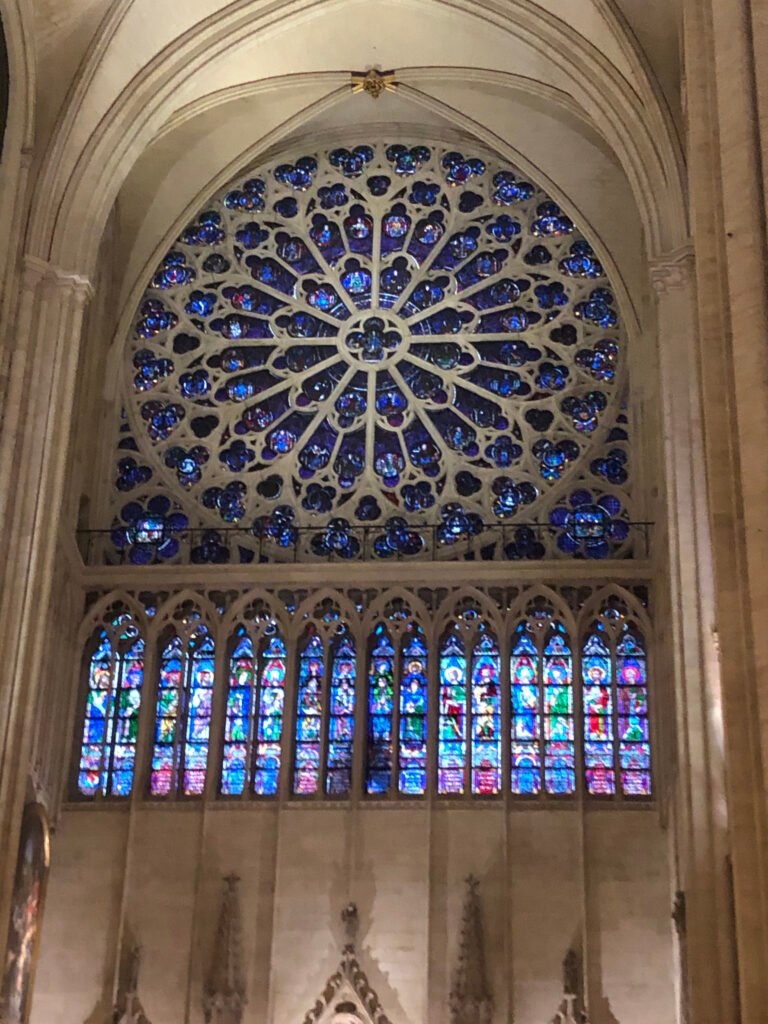On April 15, 2019, the great and revered cathedral of Notre-Dame in Paris suffered devastating damage in a fire which engulfed much of the building. The lamentations were worldwide, embracing as the cathedral does students of history, architecture and beauty as well as of religion. It seems scarcely credible that so much has been achieved by way of restoration in five and a half years. On December 7, 2024, a lavish ceremony officially reopened Notre-Dame to the world after a huge reconstruction and regeneration programme that cost $930 million. The dollar figure seems somehow appropriate. The then US president-elect, Donald Trump, was among the guests. A little over a month later he responded by not inviting Emmanuel Macron to his inauguration in Washington. Instead he welcomed Bernard Arnault, perhaps France’s most prominent businessman. Ah well!

But enough of the politics. What of the professional craftmanship that has gone into this stunning accomplishment? Work on building the cathedral in the first place began in 1163. Precisely 800 years later the entire facade underwent an extensive cleaning programme. Something similar happened at the end of the last century. But what has happened here has been on the inside, and the effects have been extraordinary. Nothing encapsulates this more than the cleansing operation that has been performed on the stonework. The cathedral’s impressive array of columns and arches have been cleaned and repaired. As good as new! In some cases, where the damage was too great, the limestone blocks were replaced, such stone being sourced from quarries in France which experts were able to deduce was where the originals had come from.

There was also the matter of sourcing wood. The roof measures 100 metres and it was utterly gutted. Around 1200 oak trees had to be found in order to supply the substitute timber. The cathedral’s great organ fared rather better, succumbing neither to the flames or to the water which had to be used to douse them. But the deposits of lead monoxide it suffered meant it had to be dismantled and taken away to be cleaned up: no small matter given that it is 12 metres high, has six keyboards and nearly 8,000 pipes. That, too, has been done.

A staple glory of many churches is, of course, its stained-glass windows. This may be nowhere more so than at Notre-Dame. The photo above makes the point emphatically. You will note how clear and sharp are the images in the smaller frames in the lower row. The glass here was unharmed by the fire but they were extremely dirty, so they were duly removed and cleaned. However, the decision was made that the huge rose-windows, also as shown above, were best left alone. Too big rather than too frail, I guess?
